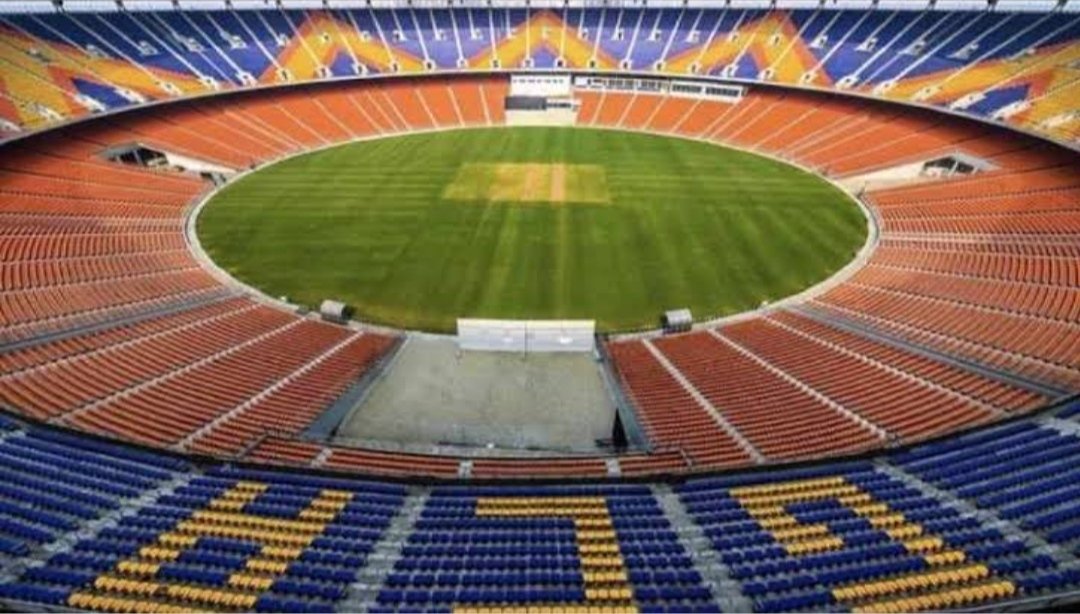Keypoints:
- The stadium is spread over 63 acres and is built at an estimated cost of ₹800 crore, has been renamed after Prime Minister Narendra Modi.
- This stadium was inaugurated by President Ram Nath Kovind on Wednesday.
- The stadium can accomodate an awe-inspiring 1.32 lakh spectators.
On Wednesday, President Ramnath Kovind inaugurated the world’s largest cricket arena, the Sardar Patel stadium in Motera which is now renamed after the Indian Prime Minister Narendra Modi. The stadium is spread over 63 acres and is built at an estimated cost of ₹800 crore. It can accomodate a whopping 1.3 lakh spectators.
From Wednesday, the stadium opens the third Test between India and England, a day-night game and it will also host the fourth and final game of the series from March 4.
Having 1.3 lakh seating capacity, this stadium has crossed Melbourne Cricket Ground which can accommodate 90,000.
#WatchLive
Inauguration of world’s largest cricket stadium in Ahmedabad.
A giant leap towards a new era of cricket.@rashtrapatibhvn @narendramodi @AmitShah @BCCI @JayShah https://t.co/M0FDCbeUC7— Kiren Rijiju (@KirenRijiju) February 24, 2021
“The total area is equivalent to 32 Olympic size soccer fields put together,” stated a note from the Press Information Bureau.
The ground is said to have a drainage system which will take just 30 minutes from the time it stops raining to drain out the water.This is the only cricket stadium in the world to have four dressing rooms for the players so that back-to-back games can be played on the same day. The stadium also consists cricket academy, indoor practice pitches, and two separate practice grounds with small pavilion area.
A momentous day for Indian cricket. Addressing the inaugural ceremony of world’s largest cricket stadium in Ahmedabad. Watch live! https://t.co/1fzFHwnkNR
— Amit Shah (@AmitShah) February 24, 2021
“The world’s largest cricket stadium will also have 11 centre strips, which is also unique along with never before heard four dressing rooms with in-built gymnasium,” said Gujarat Cricket Association’s joint secretary Anil Patel.
“This is the only stadium in the world with 11 centre pitches on the main ground. Also, we are the only stadium in the world with the same soil being used for practice as well as centre strips,” Patel said.
“Sand has been used underneath the grass. This along with a state-of-the-art drainage system will remove the rainwater very quickly in comparison to other regular grounds.
“Even in the case of 8 cm of rainfall during a match, the water would drain out very fast. This will reduce the chances of matches being cancelled due to rain” he added.

